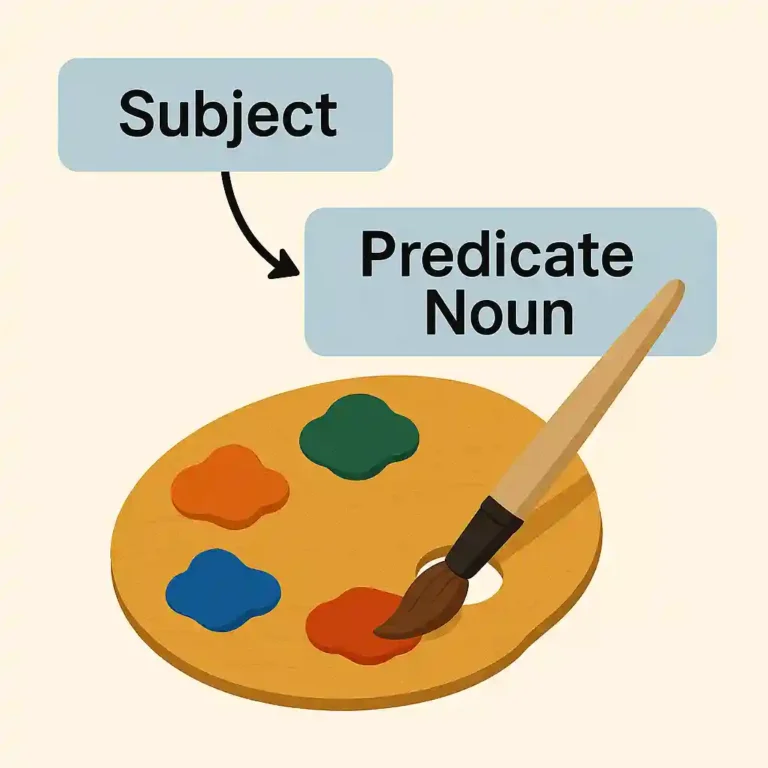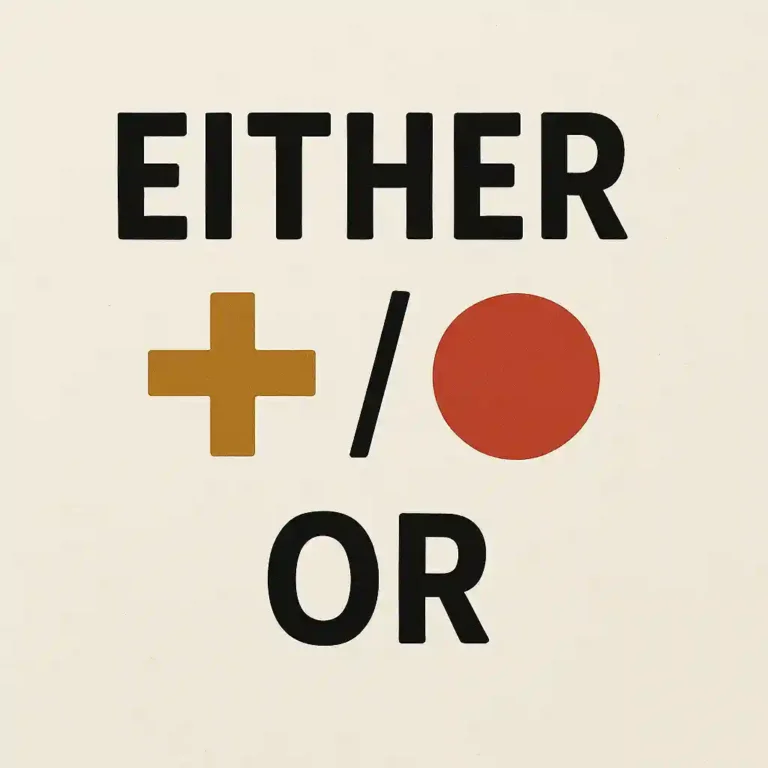Gerunds Lesson Plan and Practice Worksheet
What Is a Gerund? A gerund is a verb form that ends in -ing and functions as a noun within a sentence. Even though a gerund begins as a verb, it no longer shows action—instead, it names an activity, idea, or experience. This means a gerund can take on the same roles as any other…










